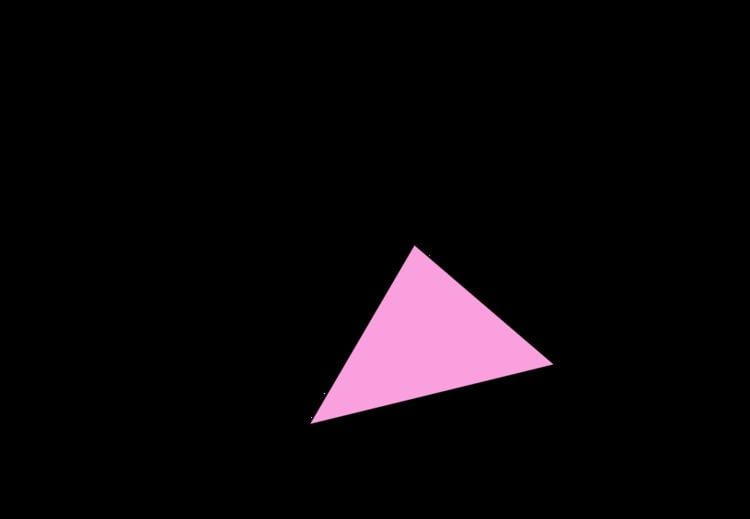 | ||
In plane geometry, a triangle ABC contains a triangle of one-seventh area of ABC formed as follows: the sides of this triangle lie on lines p, q, r where
The proof of the existence of the one-seventh area triangle follows from the construction of six parallel lines:
two parallel to p, one through C, the other through q.r two parallel to q, one through A, the other through r.p two parallel to r, one through B, the other through p.q.The suggestion of Hugo Steinhaus is that the (central) triangle with sides p,q,r be reflected in its sides and vertices. These six extra triangles partially cover ABC, and leave six overhanging extra triangles lying outside ABC. Focusing on the parallelism of the full construction (offered by Martin Gardner through James Randi’s on-line magazine), the pair-wise congruencies of overhanging and missing pieces of ABC is evident. Thus six plus the original equals the whole triangle ABC.
According to Cook and Wood (2004), this triangle puzzled Richard Feynman in a dinner conversation; they go on to give four different proofs De Villiers (2005) provides a generalization and an analogous result for a parallelogram.
A more general result is known as Routh's theorem.
